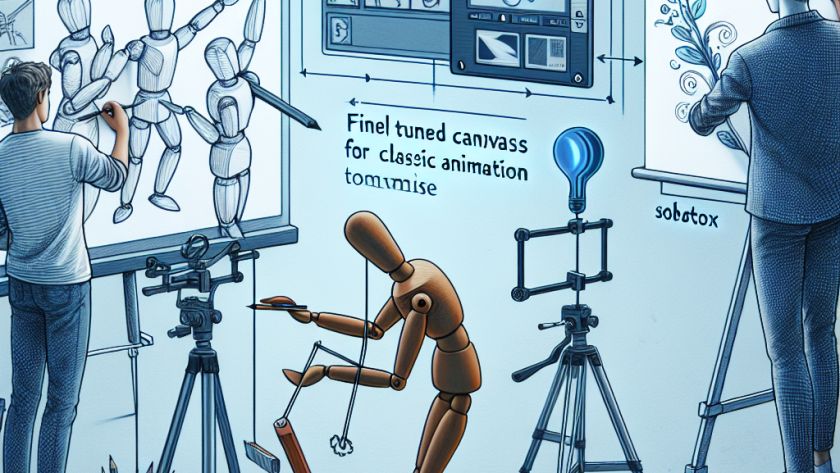Artificial Intelligence, Computer science and technology, Electrical Engineering & Computer Science (eecs), Government, Machine learning, MIT Schwarzman College of Computing, Policy, School of Engineering, Technology and society, UncategorizedMarch 7, 2024182Views0Likes A committee of leaders and scholars from the Massachusetts Institute of Technology (MIT) has released a series of policy papers providing a regulatory framework for artificial intelligence (AI). The goal is to enable the US to maintain its leadership position in AI, preventing potential harm from novel technologies and promoting their societal benefits.
The central…
Read More












